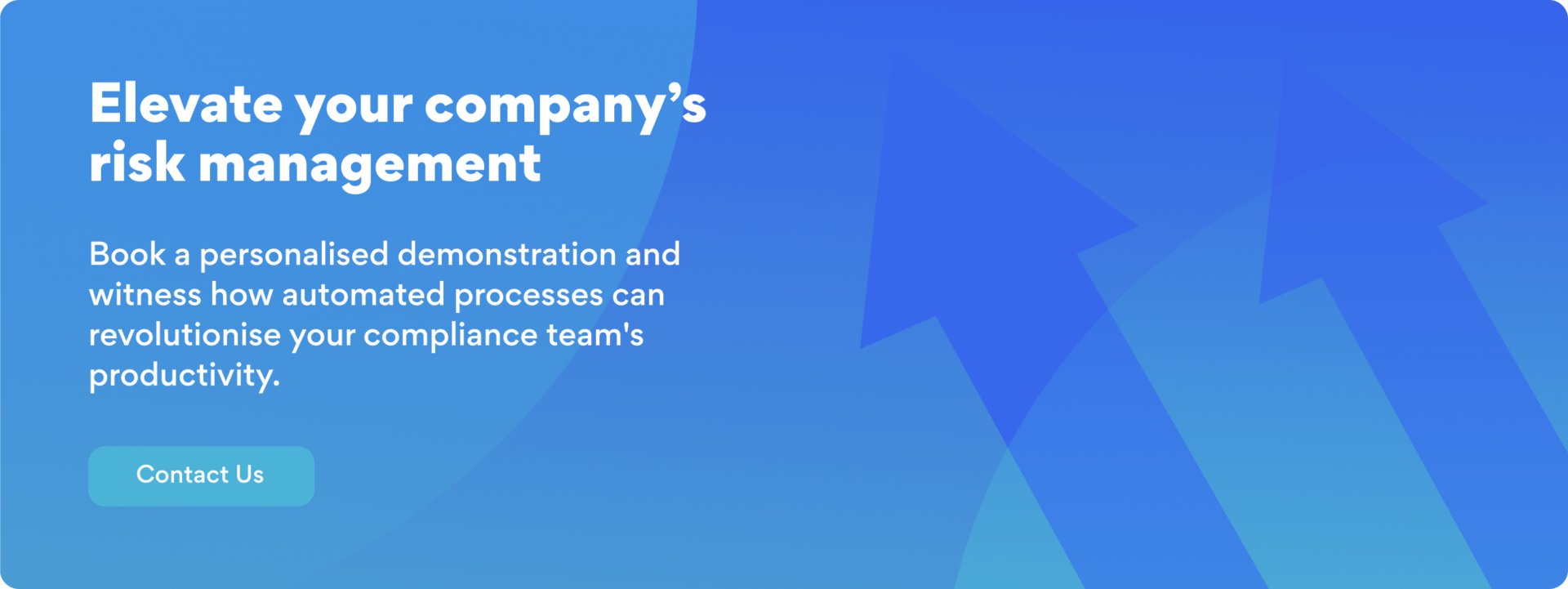The rollout of Tranche 2 AML compliance in Australia has placed new Anti-Money Laundering (AML) obligations on sectors that were previously outside the scope of the AML/CTF Act. Professionals in law, real estate, accounting, and company services now face the same scrutiny as financial institutions when it comes to identifying, verifying, and monitoring customers. Selecting the right AML tool is now not just a matter of efficiency – it’s a regulatory necessity. But with a wide range of solutions available, how do you choose the right one for your business?
Understand Your Tranche 2 AML Compliance Obligations
Before comparing platforms, it’s essential to understand exactly what Tranche 2 compliance requires. Broadly speaking, affected businesses must be able to:
- Conduct Know Your Customer (KYC) checks,
- Screen customers against sanctions and Politically Exposed Person (PEP) lists,
- Perform ongoing due diligence,
- Monitor for suspicious transactions,
- Maintain thorough audit trails and compliance reporting.
Your AML solution should address all of these core requirements – or integrate with systems that do.
Key Features to Look for in AML Tools
1. Customer Due Diligence (CDD) Automation
Choose a tool that streamlines customer onboarding with identity verification, document collection, and risk profiling. The ability to customise your CDD process based on client risk levels is crucial for Tranche 2 compliance.
2. Sanctions and PEP Screening
Your AML solution must allow you to screen clients against global and domestic sanctions, adverse media, and PEP databases. Real-time screening, automatic updates, and re-screening capabilities will help ensure your data remains current.
3. Ongoing Monitoring Capabilities
Compliance isn’t a one-off task. Select a tool that offers automated ongoing due diligence, alerting you to changes in customer status or activity that could signal elevated risk.
4. Customisable Risk Scoring
Every business has a different risk appetite. Your platform should allow you to tailor your risk scoring models and set rules that reflect your industry-specific exposure.
5. Reporting and Audit Trails
In the event of an audit or review by AUSTRAC, you’ll need detailed, time-stamped records. A good AML platform will offer automated reports, audit logs, and the ability to export data on demand.
Scalability, Usability & Support
Beyond functionality, also consider:
- Ease of integration with your current systems (CRMs, payment platforms, practice management tools),
- User-friendly dashboards that reduce training time,
- Scalability as your customer base grows,
- Access to local support teams who understand the Australian regulatory environment.
RegTech Providers vs. Generic Tools
Look for RegTech providers that specialise in AML and compliance. These providers often have tools designed specifically for small to mid-sized entities affected by Tranche 2. They also keep up with evolving regulations and provide timely updates. Avoid generic identity tools that don’t support end-to-end compliance workflows or lack local expertise.
Conclusion
Tranche 2 has raised the bar for compliance across several industries. Selecting the right AML tool is essential to protect your business from regulatory penalties and reputational harm. By choosing a solution that supports your obligations – now and in the future – you’re not only meeting requirements, but also building a safer, smarter operation.
Ready to assess your AML setup? Start by mapping your compliance gaps and comparing tools that offer Tranche 2-specific functionality.
Frequently Asked Questions (FAQs
What is Tranche 2 and why is it being introduced?
Tranche 2 refers to the proposed expansion of Australia’s anti-money laundering and counter-terrorism financing (AML/CTF) regime to include ‘designated non-financial businesses and professions’ (DNFBPs) such as lawyers, accountants, and real estate agents. It aims to close regulatory gaps and align Australia with global FATF standards.
Who will be affected by Tranche 2 reforms?
Legal practitioners, accountants, real estate agents, precious metals and stones dealers, Trust and Company Service Providers, and other DNFBPs will fall under the scope of AML/CTF regulations once Tranche 2 is implemented.
How does Tranche 2 affect customer onboarding processes?
Businesses must implement enhanced KYC procedures to verify customer identity, assess risk, and ensure ongoing monitoring, especially for high-risk clients.
Can technology help meet Tranche 2 requirements?
Yes. RegTech solutions can automate customer due diligence, screening, and reporting, helping businesses comply efficiently and reduce human error.
Will training be required for staff under Tranche 2?
Yes. Businesses will need to ensure employees are trained in AML/CTF obligations, internal procedures, and in identification and reporting of suspicious activity.


0 Comments